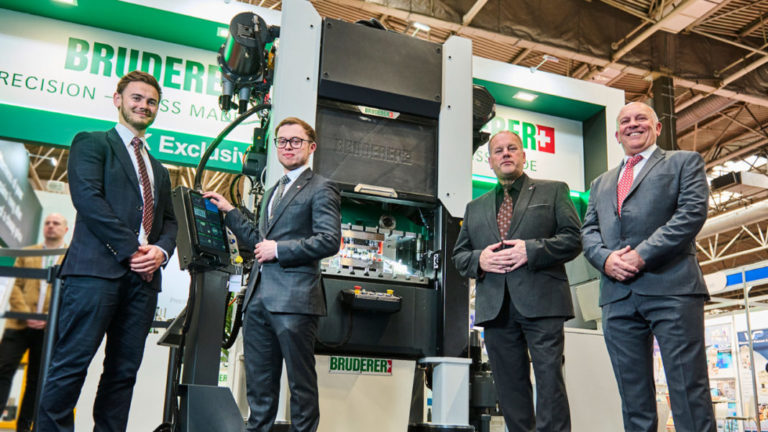The business landscape has shifted dramatically in a relatively short space of time. Since 2020, we’ve seen working practices transformed. Yoyoing between in-house working and working from home. With an awkward middle ground currently being established. For facilities managers, it’s been a difficult time, as they’ve been forced into guessing where to best deploy resources, and how to maintain under-used spaces without overspending, waste, or being caught short by unexpected demand. Occupancy monitoring has the potential to resolve that disparity.
How can occupancy monitoring support sustainable facilities management?
At its most basic level, occupancy monitoring is the deployment of smart sensors to establish when and how any given space is used. Small and discreet, without wiring, the sensors can be simply positioned wherever needed – communal areas, corridors, individual desks, and meeting rooms. Enabling facilities to be accurately monitored and managed through a series of metrics. These metrics – which can include everything from proximity and motion to occupant feedback – can be used to ensure that workspaces are comfortable and healthy , while cost and waste are reduced.
What benefits does this bring for businesses?
The waste and cost reduction benefits that occupancy monitoring brings to a business are clearly apparent but that’s not where the advantages of the technology end. Another benefit of occupancy monitoring is the ability to optimise the working environment, for example, ensuring that rooms are never too hot or cold and that CO2 levels don’t creep too high when occupancy increases.
.Monitoring can also be used to dictate cleaning schedules, ensuring that spaces are never left dirty while reducing the occurrence of unnecessary cleaning, freeing up resources for the places they are needed most. Feedback sensors allow team members to quickly alert the relevant parties when unforeseen problems – spillages, breakages – occur, creating an optimised environment for the contemporary business.
How does occupancy monitoring support sustainability?
An important benefit of occupancy monitoring technology is the insight it provides into when and how spaces are used. Meaning that while the data can provide insights into how a building can optimise lighting, heating, and ventilation it also shows when these integral systems can be switched off, reducing energy consumption and emissions. When you combine occupancy monitoring with proximity and motion sensors, you can also use this data to forecast and mitigate energy waste.
Is occupancy monitoring a long-term business solution?
Occupancy sensors take a variety of forms, some are large and integrated, making them more difficult to deploy and maintain. Others are tiny and independent, working wirelessly with long-life batteries. These can be set up effortlessly and anywhere requiring no infrastructural changes. For example, Disruptive Technologies solutions are well-suited for the future of business management, as they are not only easy to install, they work straight out of the box with no complex set-up or wiring required.
Robust and long-lasting, they can be used to collect data for a whole range of purposes relating to the creation of a safe, innovative, and sustainable workspace and can be scaled easily.
In a way, occupancy sensors are about resiliency, they’re about helping businesses to manage their assets proactively. Giving them the data and control they need to not only manage the current situation but take steps to avoid future failures, enhance processes, and improve efficiencies without enormous cost or disruption.
Bengt Lundberg is the CEO of Disruptive Technologies.





